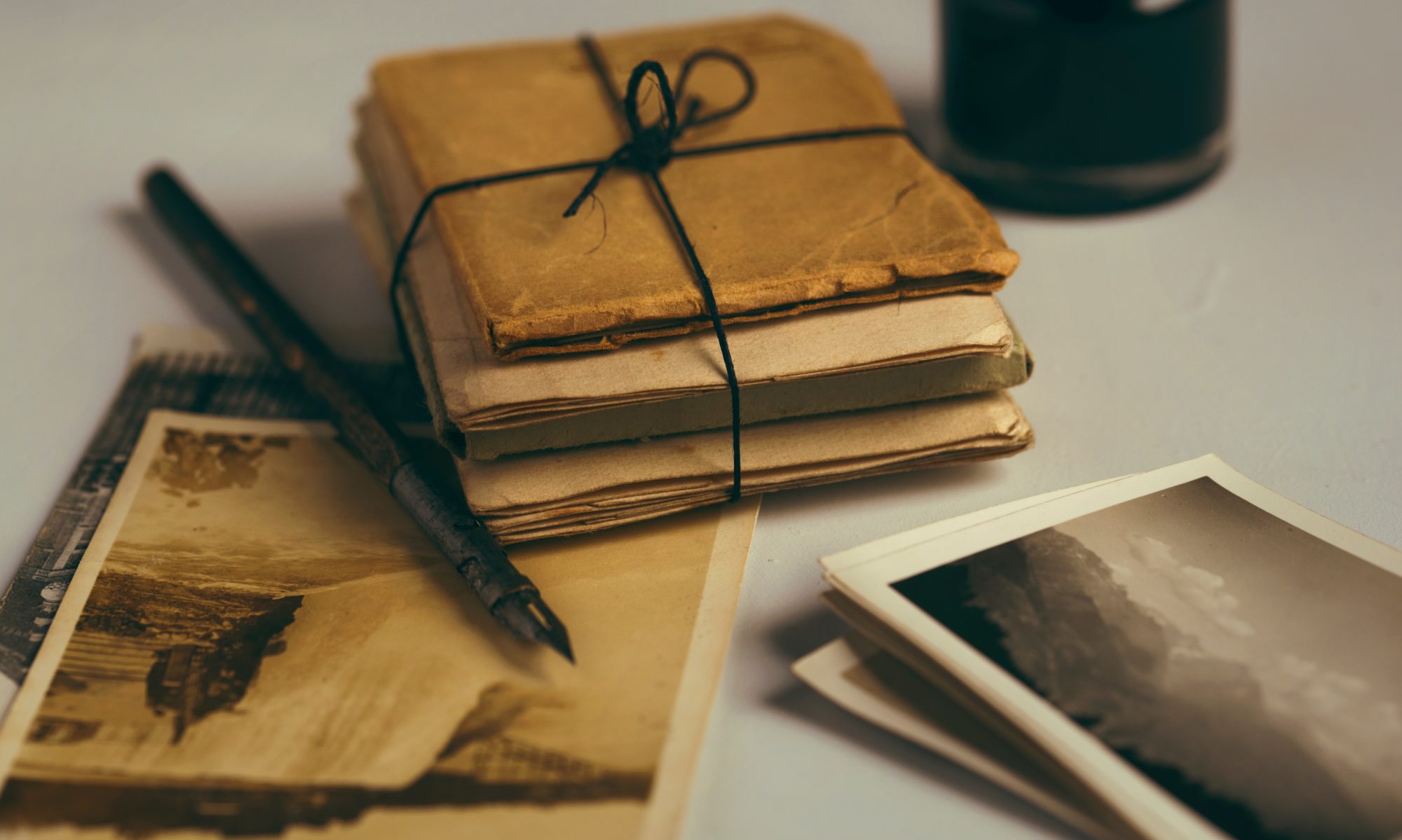
When might a professional genealogist be useful to you?
You’ve always wondered about where your family came from, you’ve watched every episode of ‘Who Do You Think You Are?‘ from every country that produces the show, and you’re a ‘Long Lost Family‘ junkie. You’re a potential family historian. You’ve made a start on your family tree…or you’d like to…but there are things standing in your way. Sometimes it’s worth considering involving a professional genealogist.
You have the interest, but not the time.
We all struggle to prioritise our time these days, and with all the competing demands our hobbies often fall to the bottom of the list and become neglected (or never get started).

Genealogy is a time-intensive exercise, and the less experienced you are, the longer it takes to find your way to and through all the records.
It may well be worth your while to outsource the family tree, or part of it, to a professional. This not only saves you time directly, but they are practised and efficient and likely to get the information and verify it in half the time of someone with less experience!
They can save you time by:
- getting your tree started then providing you with recommendations on ‘where to go next’ with your research
- analysing your work so far then providing you with recommendations on ‘where to go next’ with your research
- if budget is no issue and you don’t mind missing out on the fun of doing any of it yourself, agree how far you want the tree to go and let them do it all!
- finding your ancestor in a particular unindexed record you don’t have hours to trawl through
- going to your family’s original hometown taking photographs of headstones and houses, and searching through all potential sources of information there.
You’ve hit a dead end

You’ve been working on your tree, and most lines are progressing well. But there’s just one branch that is messing with your head. Yes, it’s the ‘brick wall’ line. We all have (at least!) one. You’ve tried everything suggested here, but the wall remains firmly intact. Your other lines are getting neglected as a result.
What to do? Outsource the dead-end to a professional. A fresh pair of eyes who knows of sources you may not have tried, or who can at least eliminate some of the sources you haven’t had the time or resources to get to. You can get the wall knocked down AND be freed up to work on the rest of your tree!
A branch came from somewhere far away…
…and you don’t speak the language of the records, or don’t know what sources are available or how to get to them.

This one is definitely a good reason to look for a local professional genealogist from that country. Even we professionals do this when we are outside our research comfort zones. My son has a family line from Germany. I have used Andrea Bentschneider‘s services when I need an expert in German resources local to Hamburg. It saves so much time and ultimately money (hey, I’d love to go to Germany to research but…)
You want to verify a family legend
Ever since you were a child, you’ve heard tales of how someone in your family tree was left on the steps of the local church as a foundling, or was transported as a convict, or ran off and joined the circus…can it be proved? Often, yes.

Getting a professional to dig into what may be some quite specialised record sets to find the answer can unearth some incredible stories. And even if the family legend isn’t quite right, usually there’s a germ of truth there. Often the real story is just as interesting.
Your DNA results are back…
…and you don’t have a clue what to do next! Analysing and using results from DNA tests uses quite different skill sets to traditional document-based genealogy and can be quite nerve-wracking for people at first, especially if they have no science background.

A professional genealogist with experience in genetic genealogy can be a great help in assisting you to unravel the match lists and find what you want to find.
You want to learn how to build your family tree
You may not actually want to hand over the fun of doing the tree to anyone else. You want to do it yourself but you’re not sure how to do it properly. Utilise the services of a professional to either assist you one-on-one, or you might find someone running group classes nearby (often in local libraries).

They can help give you the research skills (including organising your research and citing your sources), point you to common resources (both general and local), advise on where to invest your genealogy subscription money for the best bang for your particular buck, and answer specific questions to may have. Then you can launch into your new hobby well-armed to build a strong and verified tree.
So there you have it. There are so many ways a professional genealogist may be able to help you kickstart, problem-solve or add depth to your family history. Can you think of any more? Comment below!
Next week, we’ll discuss what you should consider when selecting the right professional to work with, and how to get the best bang for your buck.






























